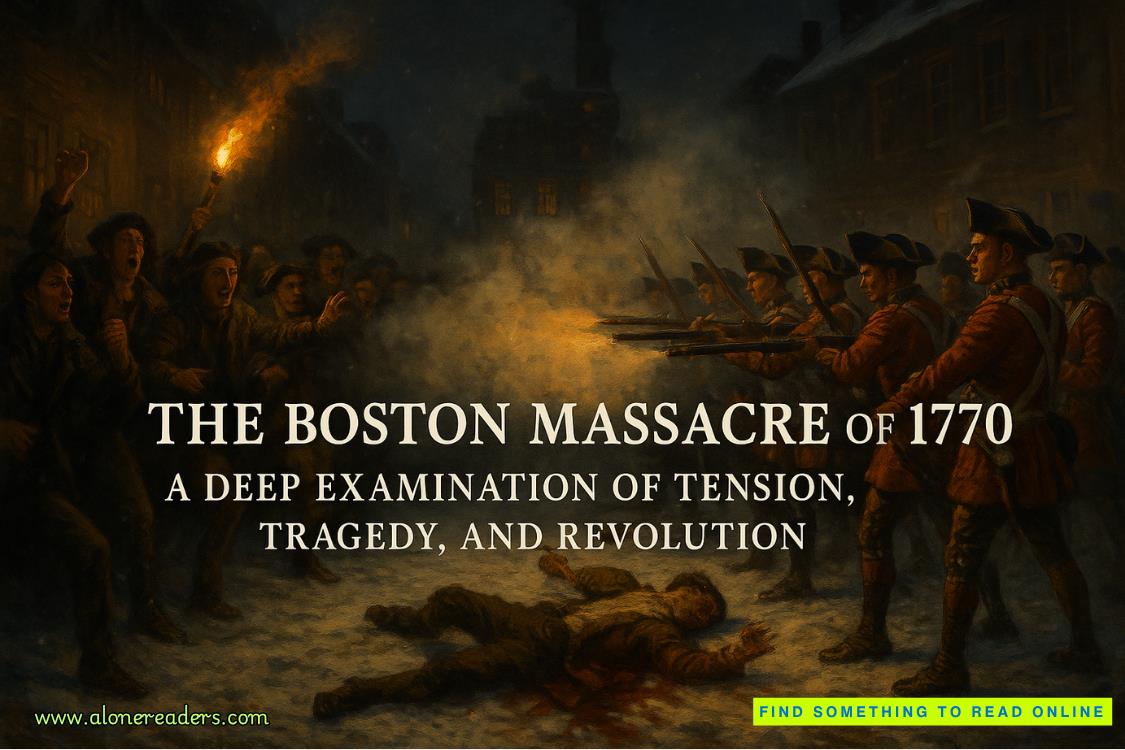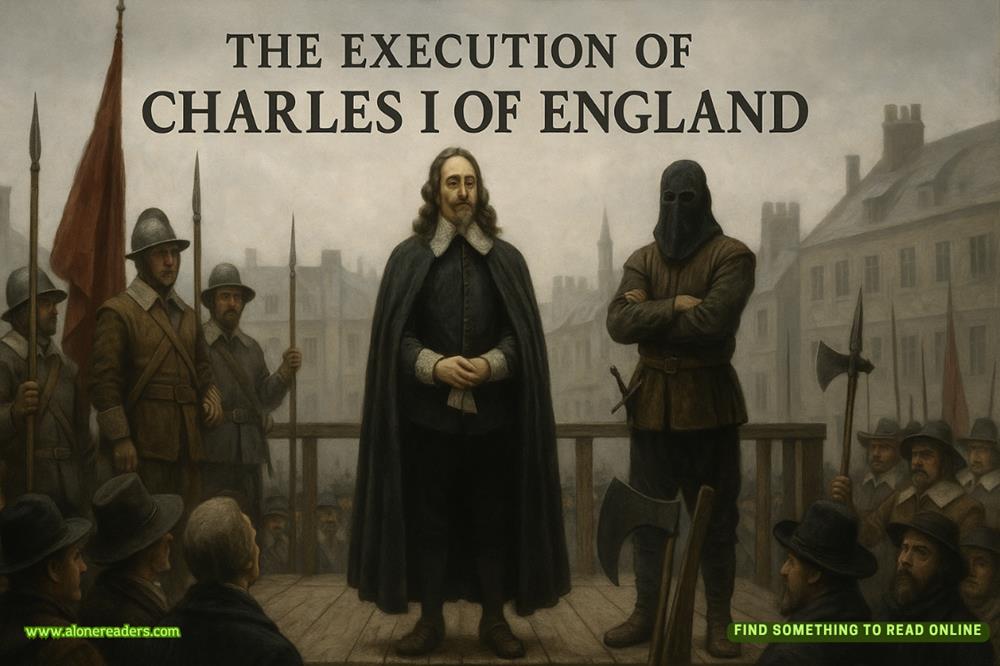Page 52 of V-Day
“I know exactly where we are.”
She simply looked at him.
“West-south-west-west of the base,” he said. “About two-fifty-three degrees around from north.”
Parris looked at Yardley. Yardley shrugged. “Close enough,” he murmured.
Parris rested the butt of her rifle on her hip. “The surveillance can see through trees, at night? You said it was visual.”
“During the day, so the townsfolk don’t keep sending up alarms. At night, it’s thermal imagery and they use algorithms to give them a heads up if anything looks hinky,” Cristián said. “I’ve seen them ignore a herd of Corrientes moving through, while they arrested two teenagers who went out for a midnight skinny dip in the river.”
Parris considered. “Is there anywhere near here where we can get a visual, which keeps us on the right side of the perimeter? It’ll be dawn soon.”
Cristián nodded. “The tree line ends half a mile down from here. We just have to travel south until we reach the point where the tree line and the perimeter meet.”
“South it is, then.” Parris glanced at her watch. “Yardley, keep him by you. Find that intersection for us.”
Chloe pushed herself into moving as everyone walked on once more. This time, they cut across the slope instead of going downhill. Every now and again, they would move a little downhill, then head across the slope face again. She realized Cristián and Yardley were working their way around the perimeter of the limits of the surveillance.
The tree line ended thirty minutes later, as far as she could judge, for her phone was still completely dead. An open meadow was ahead, the grass bending as a breeze played over it.
Parris took out field glasses from a side pocket of her pack, hugged a tree and bent around it to peer to the left.
Chloe followed her example, although she didn’t have field glasses. With her normal vision, the view to the left was short on details. She could see the south end of Pascuallita, though—the buildings were whitewashed stone with the red tiles which looked gray in the night. Nothing moved on the streets.
Farther to the east, maybe a kilometer away, was a ten-foot-high chain-link fence with coiled barbed wire on top.
Between the fence and the southern extremes of Pascuallita was a heavy belt of trees and undergrowth—to discourage locals from approaching the base, she guessed. The trees were cleared farther south, which gave anyone on the base a clear view of activity beyond the fence. It also gave Parris and her people a good view of the base, too.
Beyond the fence was fifty yards of open ground, before a mishmash collection of buildings began. There were long, low wooden buildings with windows set at regular intervals which Chloe recognized as military barracks. Towering over all the buildings was a four-story tower with windows all around it at the top. It was the control tower for the runway which ran north-south on the eastern side of the base, well out of view of the townsfolk. The southern end of the flat runway was visible beyond the buildings, the barriers at the end of it were low, inverted vee shapes with grass lapping at one side.
Between the barracks and the tower were higher buildings—two stories, mostly, and made of poured concrete. In all there were over thirty buildings, none with signs announcing their purpose. It was standard for a military base where everyone knew where everything was or had no right knowing.
Parris stiffened. “Shit,” she breathed. “He’s right.”
“I see it, too,” Locke said from a tree to Chloe’s right. “Cameras at the top of the tower.”
Chloe looked up at the roof of the control tower. An active radar circled slowly, which would be for aircraft control. The second, and larger, dome on the roof was clear. Inside the dome, the mechanism turned in quick starts and stops. It was difficult to discern details without the image-enhancing field glasses Parris and Locke were using. Even without them, though, Chloe could see round lenses glinting as the mechanism shifted.
Cameras with long lenses. The lenses were multi-purpose—one or two for the thermal imagery, one or two for normal visual surveillance. A computer with AI algorithms would monitor the feeds and would alert the human guards if anything looked suspicious.
Cristián had spotted this from his bedroom window, weeks ago, and had figured out the full reach of the cameras from observations.
Now they stood just beyond the cameras’ reach.
Parris dropped her glasses, put her shoulder against the tree and looked at Cristián. “Now what, genius?”
Cristián held out his hand. “Give me the glasses. Let me watch. Then I’ll tell you where the control room for the drone is.”















